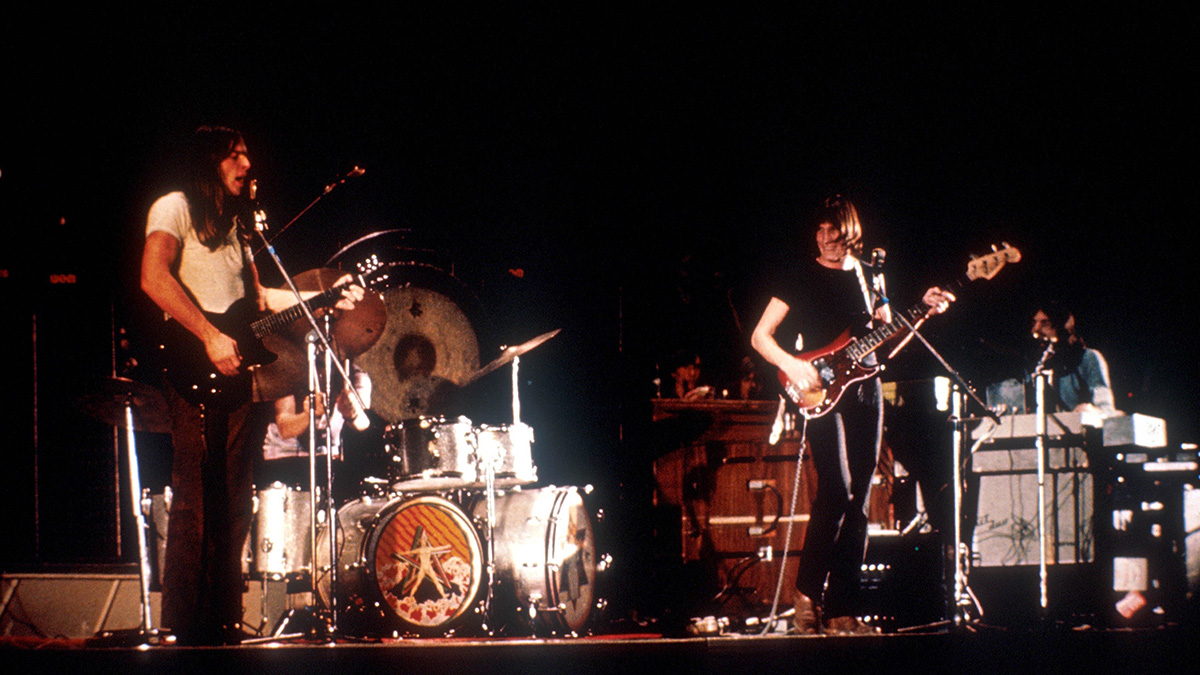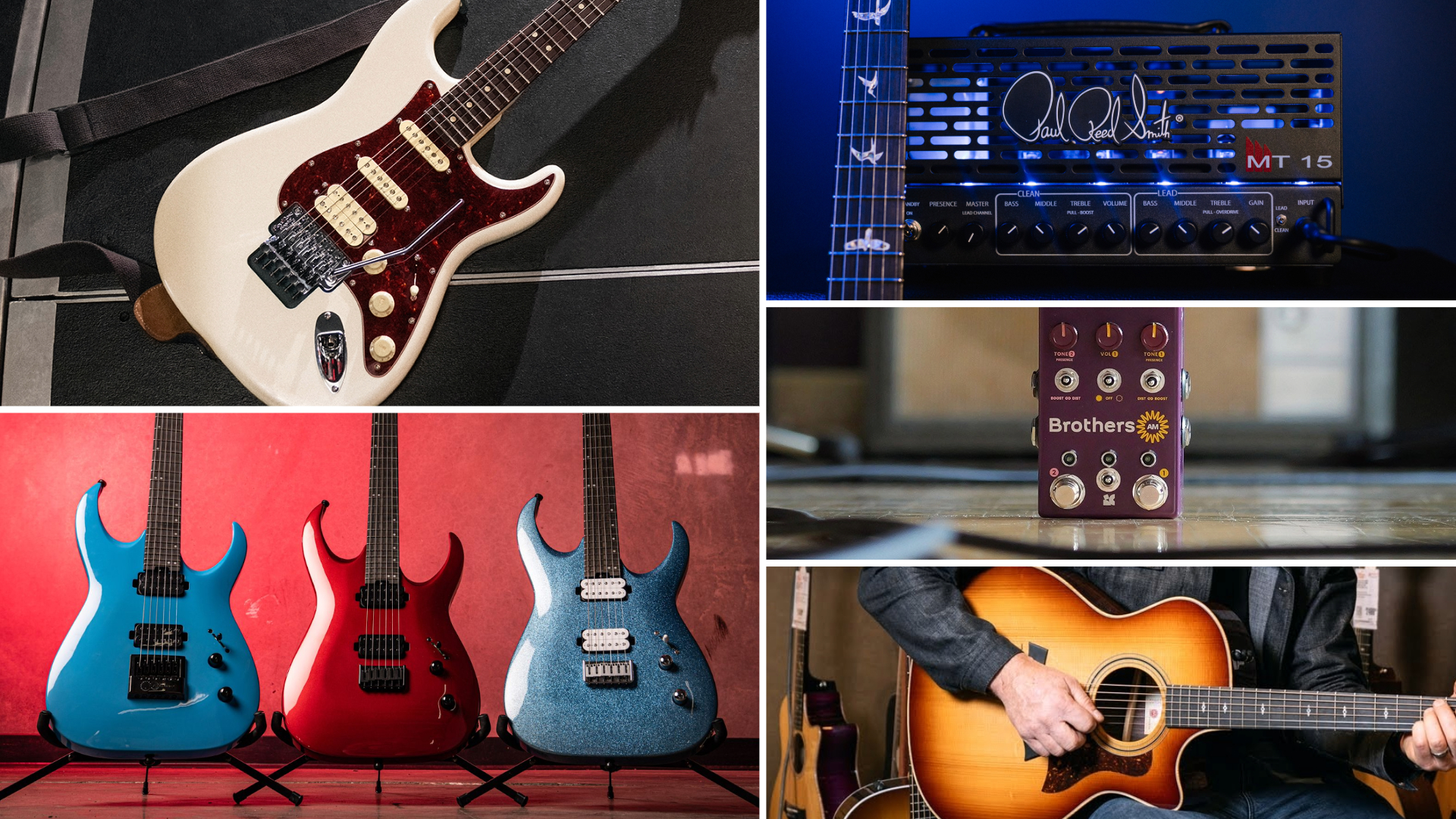Practical Magic: Super Sonic Ears, Part 2 — the Importance of Understanding Rhythm

Hey, everyone! I want to thank you all again for showing your support for my blog!
My last blog was concerned with the topic of ear training for guitarists, mainly of the melodic variety. Today’s topic is primarily related to that “other” equally important ingredient of music: rhythm!
After continual studying of melodic intervals, chords and arpeggios for the ear, it's a good idea to also practice the ability to discern a rhythm's note duration.
Ever been at band practice with the guys and you spontaneously create an amazingly complex beastly chugging rhythm that you are trying to show your drummer, and he’s just not getting it? So you play the riff ad nauseam and the kick drum is just a hair off, and it’s at an insanely brutal tempo and he just can’t grasp it?
After 20 frustrating minutes of yelling DA DA DA DE DAT at Animal, you attempt to write down the idea on paper.
Uh, oh -- drummers don’t read guitar tabs, pal!
Don't fret, shred heads. You have a secret weapon in your arsenal; you can read music well and have a strong understanding of rhythmically subdividing the beat into smaller fragments. Oh wait, you don’t?
Get The Pick Newsletter
All the latest guitar news, interviews, lessons, reviews, deals and more, direct to your inbox!
OK, well, here are some tips and tools that will help you develop a razor-sharp ear for discerning 16th-note triplets from two 16ths and an eighth. First, check out some basic music reading books to understand how rhythms are read and counted. The Berklee method books are quite good, though I am partial to the M.I. reading book by David Oakes.
If you are a quick study or can read music moderately well, get off of Facebook and check out MusicTheory.net (No one cares about your status). It’s a great site that offers free theory on the basics of note duration and many other things.
After you can physically play the different rhythms, it’s now time to practice the aural recognition of them. A site that’s wonderful to help you achieve this ability is TheRhythmTrainer.com. It is an interactive site that lets you pick the types of notes to use and input what rhythm was previously played. If you are incorrect, you can play the example over and over, and if you're still puzzled, you can see the correct answer. While every possible rhythm isn't accounted for, it's still an awesome free practice tool.
Once you start seriously developing your ear muscles, you may want to try transcribing your own riffs and favorite tunes. Check out how many Iron Maiden songs have that eighth note and two 16ths rhythm figure: the gallop! I have found in my own musical journey that having a strong understanding of rhythm is a great way of achieve vacuum tightness with your band, and more importantly, it gives the player the ability to sculpt riffs into evil ear candy.
Try this stuff on your own, and if you are having problems at first, take your time and try to be as Zen as possible! A strong ear is worth the time and effort.
Shawn McGovern is a GIT graduate and sought-out guitar instructor in Providence, Rhode Island, and Los Angeles and may be contacted through his site, shawnmcgovern.com.
"Upgrading from your entry-level acoustic opens the door to an entirely new world of tonewoods, body shapes, and brands": 6 signs it's time to upgrade from your first acoustic guitar
"I'm past my prime": 5 common excuses for not learning the guitar – and 5 body and mind-boosting reasons you should









